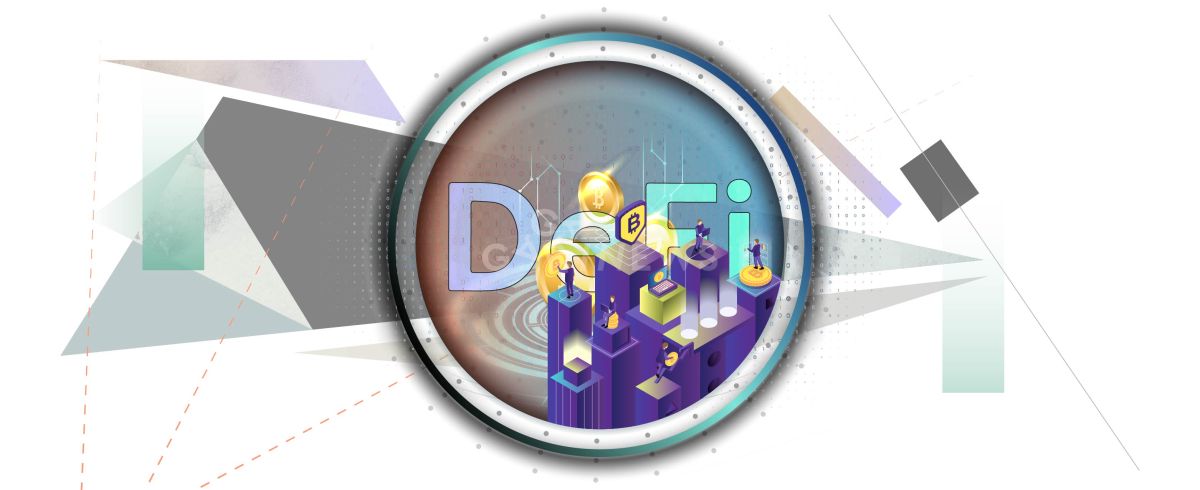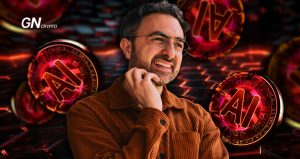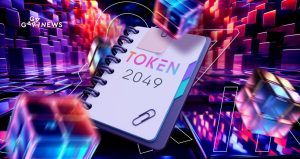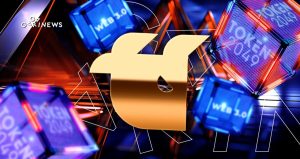What is DeFi?

Decentralized Finance (DeFi) is widely associated with the new future of finance and is believed to be a new concept that the industry is growing into. The appeal of DeFi to replace traditional financial institutions and services and build a new monetary paradigm is a hot topic, and the emergence of a new way to deal with digital assets is one worth exploring.
On this page
Intro
DeFi presents a financial infrastructure and tools that are based on blockchain technology, which are reflective of the classical world of finance. In other words, what you’ve already been familiar with is now being repeated and reinterpreted in a new way – with emerging new features that operate on code, open protocols and the use of smart contracts. DeFi allows deposits, over secured loans, flash loans, options, lightning network (which is still a web2 solution, so it is contradictory whether it should be attributed to DeFi), stablecoin creation, synths, decentralized exchange platforms, etc.
The architecture of DeFi and its possibilities allow for transparent and equal access to digital asset transactions. The core of DeFi resides in the virtualization of hardware, which allows for a growing multi-layered architecture of financial services. DeFi is operated on 4 core structures: AI, Blockchain, Cloud and Big Data. Overall, decentralization is a system without a single point of failure. The ‘utopian’ concept of DeFi is to create a financial system that is free from governmental rule-makers, where the only law is the code itself. However, the nation-state and regulators pose quite the challenge for these new technologies.
Traditional finance focuses on a market that is operated through intermediaries, like the bank. In banks, people take out loans, trade, pay mortgages, etc. Those participating within the bank framework are divided into those with financial resources and those who seek to borrow financial resources. These, of course, come with interest rates. As the joke goes “the Swiss bank doesn’t pay you for keeping your money there, it’s you who pays them”. DeFi is seen as a good and fresh alternative to the old financial market, which allows people to deposit their stablecoins that are pegged to the dollar and receive a much higher annual interest rate than they would by simply depositing money in a regular bank.
Smart Contracts
The foundation of DeFi lies in smart contracts, which allow all involved participants to verify the execution of any given transaction or operation. Smart contracts are stored on the blockchain and are highly secured. Smart contracts can be versatile and can be connected to various types of decentralized applications, also known as DApps.
The primary idea of smart contracts was determined and described by Nick Szabo back in 1997 in his paper “Formalizing and Securing Relationships on Public Networks”. Szabo used a vending machine as an example:
Within a limited amount of potential loss (the amount in the till should be less than the cost of breaching the mechanism), the machine takes in coins, and via a simple mechanism, which makes a freshman computer science problem in design with finite automata, dispense change and product according to the displayed price. The vending machine is a contract with the bearer: anybody with coins can participate in an exchange with the vendor. The lockbox and other security mechanisms protect the store coins and contents from attackers, sufficiently to allow profitable deployment of vending machines in a wide variety of areas.
However, smart contracts go beyond the vending machine, as they foster the growth of ecosystems that are built on these operational executions and rules. Szabo summarized his smart contracts chapter by saying that, “qualitatively different contractual terms, as all technological differences in the property, give rise to the need for different protocols”, which is now illustrated in the fastly growing and versatile industry of blockchain.
Although the idea of smart contracts dates back to the end of the 20th century, DeFi is a relatively new market. That being said, DeFi’s market capitalization hit a whopping $141 billion at the end of Q1 in 2022.
New Concepts
Just as with all new platforms and services based on blockchain technology, the beginning of these new crypto concepts dates back to the creation of Bitcoin in 2009. DeFi arose after the emergence of Ethereum in 2015, which was initially conceived by Vitalik Buterin in 2013. Ethereum is the actual protocol that gave birth to DeFi projects and their possibilities. Decentralized Finance is built on the principles of crypto, meaning that it is built on blocks and multilayered structures. By adding more components to the overall architecture, new combinations and modifications are created, allowing work for new strategies and tools.
The structure of DeFi. Source: Decentralized Finance: On Blockchain- and Smart Contract-Based Financial Markets (2021), Fabian Schar
With new blockchain technology, new terms and concepts also emerge, some of which include flash loans, atomic swaps, and yield farming. As an example, the latter appeared somewhat in the second half of 2020 when the lending protocol Compound presented a liquidity mining program for its governance token COMP. To put it simply, yield farming boosts LPs (liquidity providers) by giving depositors token rewards. You provide liquidity – you earn tokens. This way projects attract new users and grow stronger, while users get coins that can potentially grow in price in the future. Overall, the ecosystem of DeFi is heavily built on stablecoins, yet there are many other various tokens that play a role, like the aforementioned governance tokens, tokens of bonds, and synthetic tokens -assets that perform according to given rules.
DeFi Objectives
DeFi covers two main tasks for decentralized finance users, one of which is the minimization of risks when using cryptocurrencies. For instance, there are certain financial instruments like Opium network and Nexus, which allow you to make options on the value of a given cryptocurrency. If the price falls or rises, a user can repurchase it like in a classic finance model, thus ensuring its value this way. The second thing that DeFi does is create decentralized products instead of centralized ones. One of the most popular examples is MakerDAO, which is an intermediary lending platform between investors and protocols. MakerDAO emerged by the end of 2017 and marked it as the first proper DeFi DApp that gave rise to new DeFi initiatives. It operated on the Ethereum blockchain and gave its users the option to deposit ETH and borrow Maker’s stablecoin DAI, which is pegged to the US dollar. So, for example, let’s say that if ETH costs $1000 and your forecast is that it will grow to $4000, you transfer your ETH to the MakerDAO contract and receive DAI, a stablecoin that is tied to ETH (as collateral). You get $900 but as the price of ETH grows, so does the DAI, and there is your interest rate. However, there is also a minimum threshold that should be taken into account: your position can be liquidated if the price drops outside of your threshold. But what’s more, DeFi allows you to further supply your DAI tokens across other DApps or DEXs, thus further interacting with smart contracts.
Democracy Principles
Another factor that makes DeFi protocols stand out in the overall financial market is that users have a vote. This could be seen in MakerDAO’s latest endeavor: on June 27th, members of MakerDAO proposed 3 options they could vote for, thus restructuring Maker protocol’s management:
The vote occurs when users who own the MakerDAO’s MKR tokens either vote themselves or delegate their vote to others. Yet as a result of this particular vote, all three options were rejected, however, the process itself was crucial for the future of DAOs and decentralization.
A new financial system?
To sum up, DeFi uses cryptocurrencies, where cryptocurrencies are assets and DeFi is a financial tool that operates across platforms, such as Ethereum, Solana, Cardano, and so on. DeFi basically helps to increase the number of ways in which cryptocurrency holders can interact with it. DeFi provides users with good interest rates, 24/7 access, new financial instruments, flash loans, anonymity (for the most part) and new ways to come up with financial strategies. However, the flipside includes possible code imperfections, so there is a chance of the code being hacked. A lot of scam projects also emerge as well as regulations. In the case of regulations, it could both be a good and bad thing, and only time will tell how regulatory institutions will try to control the emerging DeFi industry.
DeFi has the potential to grow into a transparent and reliable financial structure. What is also worth noting is that within the realm of DeFi there are products that are good and honest, there are products that exist for the sole purpose of scamming people, and then there are products that accidentally blow up for various reasons. That is where one should try to stay realistic and remember that risks are always involved, even in concepts that may seem pristine at first glance.
The content on The Coinomist is for informational purposes only and should not be interpreted as financial advice. While we strive to provide accurate and up-to-date information, we do not guarantee the accuracy, completeness, or reliability of any content. Neither we accept liability for any errors or omissions in the information provided or for any financial losses incurred as a result of relying on this information. Actions based on this content are at your own risk. Always do your own research and consult a professional. See our Terms, Privacy Policy, and Disclaimers for more details.


























